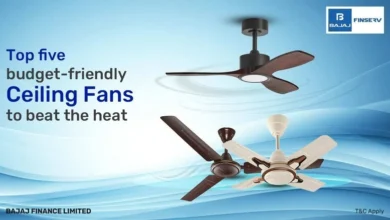Cold-Weather Pool Equipment Care: Extending the Lifespan of Your Investment

As the chill of winter approaches, diligent pool owners know that proper care during the off-season is crucial for ensuring their pool equipment remains in top condition. This article serves as a comprehensive guide to cold-weather pool equipment care, offering insights and practical tips to safeguard your investment against the harsh elements.
Understanding the Importance of Winterization
Before embarking on the winterization process, it’s essential to grasp why it’s crucial for your pool equipment. Cold temperatures can lead to freezing, which may cause irreversible damage to vital components. Proper winterization not only prevents costly repairs but also extends the lifespan of your equipment, ensuring it’s ready for action when the warmer months return.
Cleaning and Draining: A Thorough Start
Begin the process by giving all equipment a thorough cleaning. Remove any debris, leaves, and dirt that may have accumulated during the swimming season. Pay special attention to filters, pumps, and skimmers. Once clean, it’s time to drain the water from the equipment to prevent freezing.
Pump and Motor Protection: Covering the Basics
The pool pump and motor are vulnerable to winter’s chill. Start by turning off the power and disconnecting any electrical connections. Remove the pump’s strainer basket and ensure it’s clean. Store the basket indoors for the winter. If possible, store the pump and motor in a dry, sheltered area or consider using a specially designed pump cover to shield them from the elements.
Filter Care: Backwash and Store
Backwashing the filter thoroughly before winterizing is essential. This ensures that any contaminants are removed, preventing clogs or damage during the off-season. Consider using a winterizing plug to seal the openings, providing an extra layer of protection.
Heater and Heat Exchanger: Proper Shutdown Procedures
For those with pool heaters, it’s crucial to follow manufacturer-recommended procedures for winterizing. This may include draining water from the heat exchanger and ensuring all gas or electrical connections are properly turned off and secured. Additionally, covering the heater with a weather-resistant cover adds an extra layer of protection.
Chlorinator and Chemical Feeder: Empty and Clean
If your pool uses an automatic chlorinator or chemical feeder, be sure to empty and clean it thoroughly. Remove any remaining tablets or granules and ensure there’s no residue that could lead to corrosion.
Inspecting and Sealing: A Final Check
Before considering the winterization process complete, perform a thorough inspection of all equipment. Look for signs of wear, damage, or corrosion. Replace any worn-out parts, and consider applying a protective coating or sealant to vulnerable areas.
Regular Check-ins: Monitoring Equipment During the Winter Months
Even after winterization, it’s important to periodically check on your equipment throughout the off-season. Look for any signs of damage, and remove snow or ice accumulation as needed. This proactive approach ensures that any issues are identified and addressed promptly.
By following these comprehensive steps for cold-weather pool equipment care, you can rest assured that your investment is protected against the winter elements. With proper maintenance, your equipment will be ready to kickstart a new season of pool enjoyment when the temperatures rise once again.
In conclusion, if you want to learn more about this fascinating topic, don’t forget to check out our comprehensive guide.






